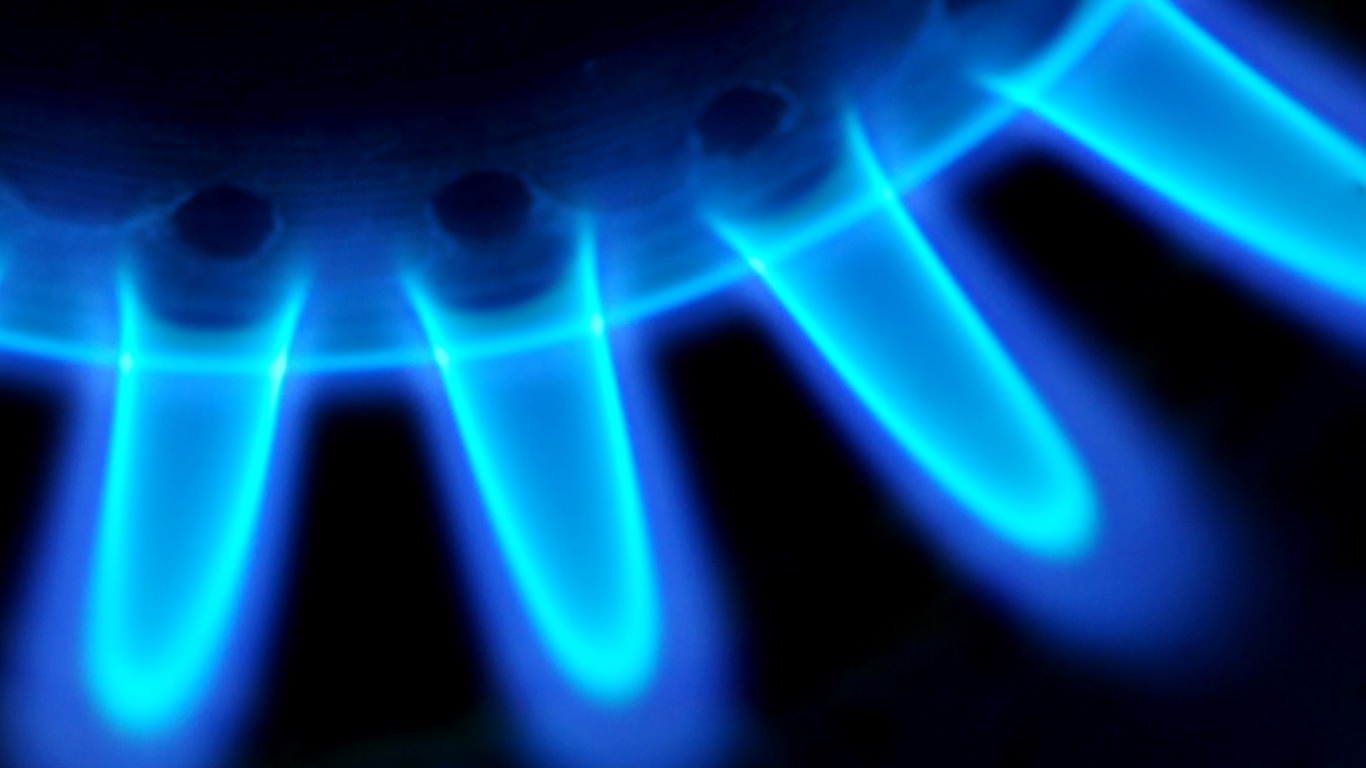Energy
Natural Gas Price Loses Gains Following Inventory Report

Published:
Last Updated:

The U.S. Energy Information Administration (EIA) reported Thursday morning that U.S. natural gas stockpiles increased by 48 billion cubic feet for the week ending October 26.
Analysts were expecting a storage injection of around 50 billion to 55 billion cubic feet. The five-year average for the week is an injection of 62 billion cubic feet, and last year’s storage increase for the week totaled 65 billion cubic feet. Natural gas inventories rose by 58 billion cubic feet in the week ending October 19.
Natural gas futures for December delivery traded up about two cents in advance of the EIA’s report, at around $3.28 per million BTUs, and slipped to $3.27 after the report was released.
For the period between November 1 and November 7, NatGasWeather.com predicts “moderate” demand and offers the following outlook:
Warm high pressure will dominate the eastern and southern US today with highs of 50s to 80s, hottest over the Southeast. A weather system with heavy showers will push through the Midwest and east-central US with rain and snow, and slightly chilly conditions as lows drop into the 20s to 40s. This system will track into the East late Fri-Sun for a little stronger demand. California and much of the West will be mild to warm.
Total U.S. stockpiles decreased slightly week over week to 16.5% below last year’s level and also dipped slightly to 16.9% below the five-year average.
The EIA reported that U.S. working stocks of natural gas totaled about 3.143 trillion cubic feet at the end of last week, around 638 billion below the five-year average of 3.781 trillion cubic feet and 623 billion below last year’s total for the same period. Working gas in storage totaled 3.766 trillion cubic feet for the same period a year ago.
Here’s how share prices of the largest U.S. natural gas producers are reacting to today’s report:
In addition, the United States Natural Gas ETF (NYSEARCA: UNG) traded down about 1.5%, at $26.29 in a 52-week range of $20.40 to $27.65.
Retirement can be daunting, but it doesn’t need to be.
Imagine having an expert in your corner to help you with your financial goals. Someone to help you determine if you’re ahead, behind, or right on track. With SmartAsset, that’s not just a dream—it’s reality. This free tool connects you with pre-screened financial advisors who work in your best interests. It’s quick, it’s easy, so take the leap today and start planning smarter!
Don’t waste another minute; get started right here and help your retirement dreams become a retirement reality.
Thank you for reading! Have some feedback for us?
Contact the 24/7 Wall St. editorial team.